Omron Electrical Installation

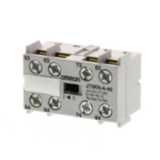
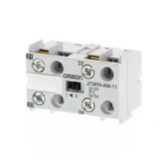

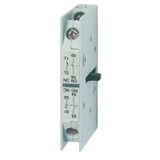
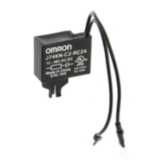

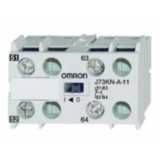

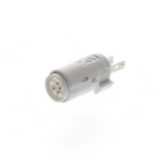

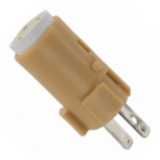
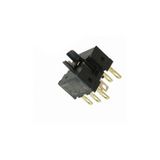

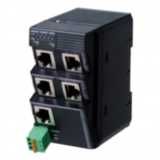
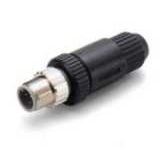
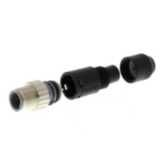
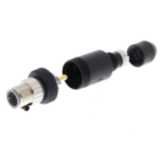
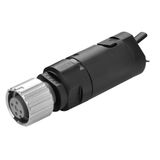
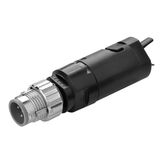
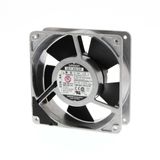
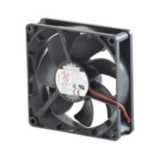
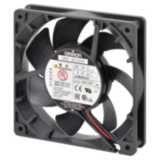
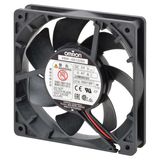

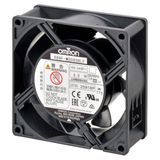





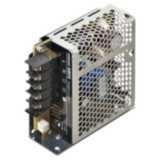





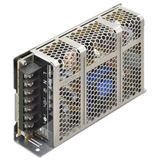



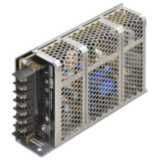
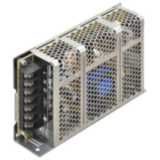


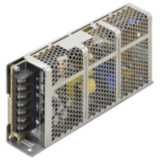
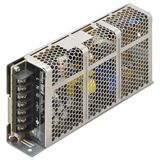
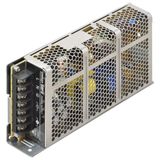

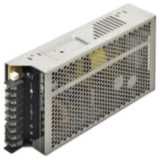
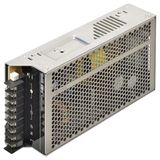
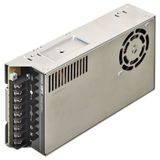
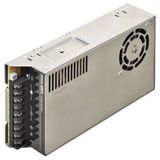
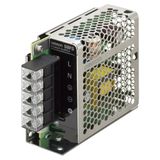
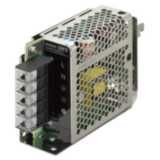

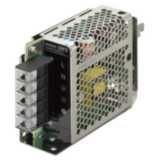


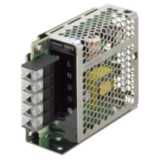
Omron Installation Accessories and Mounting Systems
Omron installation components form the backbone of panel assembly across automation, HVAC, and machinery control. They include DIN-rail mounting hardware, junction boxes, wiring ducts, and auxiliary fittings that ensure stable mechanical fixation, correct protection class, and easy maintenance access. For procurement engineers, this category directly affects reliability, safety approvals, and installation time — three factors that define lifetime cost more than the component price itself.
Omron Mounting Systems and Hardware
Omron mounting systems are based on EN 60715 rail geometry, supporting both miniature and industrial modules.
Typical dimensions: 35 × 7.5 mm and 35 × 15 mm profiles, with steel (zinc-plated) or aluminum material options.
- Steel rails — rigid, vibration-resistant; preferred in heavy-duty cabinets.
- Aluminum rails — light, easy to cut; used in mobile and modular panels.
- End clamps and brackets — prevent lateral movement; many installers use Omron’s spring-loaded types for faster assembly
In multi-device enclosures, Omron rails maintain alignment under continuous thermal cycling (–25…+70 °C) — a frequent weak point in cheaper rails that deform around screw holes.
Omron Junction Boxes and Enclosures
Omron junction boxes protect wiring nodes from dust and moisture according to IEC 60529 (IP 54 – IP 66).
Materials include ABS, polycarbonate, or stainless steel 304, chosen by environment:
Environment | Preferred Material | Reason |
| Indoor control cabinet | ABS | Light, cost-effective |
| Outdoor / UV exposure | Polycarbonate | UV-stable, impact resistant |
| Hygienic / chemical areas | Stainless 304 | High temperature & detergent tolerance |
All variants are CE/EAC certified and support wall, base-plate, or rail mounting.
Cable entries: M16–M32 glands or soft-membrane seals; grounding stud integrated on metallic housings.
Omron Wiring Support Systems
The brand’s wiring ducts, trunkings, and accessories are manufactured from halogen-free PVC or PA 66, compliant with UL 94 V-0 flammability.
Slot width options (4–8 mm) suit both fine-strand and solid conductors.
Color coding in standard grey (control) and blue (24 V DC) aids circuit identification.
Features worth noting:
- Precise slot geometry minimizes wire stress during bending.
- Smooth edges prevent insulation damage — critical when using 0.5–0.75 mm² sensor lines.
- Available covers snap without additional clips, saving assembly time in OEM production.
Omron Installation Hardware Range
Fasteners, terminal markers, and grounding kits complete the installation lineup.
Screws and spacers use zinc-nickel plating (≥ 120 h salt-spray) to resist corrosion in humid factories.
Standardized thread sizes (M3/M4) simplify tooling.
Omron also provides identification strips and labels matching 5.5 mm duct slots — compatible with universal thermal printers.
Practical Comparison: Plastic vs Metal Installation Elements
Parameter | Plastic (ABS/PC) | Metal (Steel/Al) |
| Weight | Low | High |
| Rigidity | Moderate | Excellent |
| EMC Shielding | Limited | Full |
| Corrosion Resistance | Excellent indoors | Requires coating |
| Temperature Range | –25…+70 °C | –40…+120 °C |
Plastic dominates in indoor automation panels; metal remains essential for high-EMI or mechanical-stress zones. In mixed environments, engineers often specify aluminum rails with plastic boxes — achieving light weight while keeping thermal stability.
Buyer Criteria and Typical Mistakes
Main evaluation points:
- Mounting standard (DIN 35 mm vs wall) — defines interchangeability.
- Material and IP class — must match ambient humidity and dust level.
- Cable entry design — affects bending radius and maintenance access.
- Certification package (CE, UL, EAC) — mandatory for export projects.
- Lead time & packaging format — boxed or bulk-bundled depending on assembly line needs.
Frequent mistakes:
- Selecting enclosure size before checking internal rail clearance — modules may exceed lid depth.
- Mixing duct colors inconsistently — confuses maintenance teams.
- Ignoring ambient temperature; thin-wall ABS softens near heat-dissipating relays.
Compatibility and Integration
Omron installation accessories interconnect seamlessly with Omron relays, power supplies, PLC modules, and with third-party devices from Eaton, Schneider Electric, Phoenix Contact, and Weidmüller.
All rails and ducts follow EN 60715 and EN 61326 EMC guidelines, ensuring predictable fit and low noise coupling between signal and power wiring.
When upgrading legacy panels, Omron’s ducts can replace older European formats without modifying mounting hole centers — a small but crucial benefit during retrofits.
omron Installation Series Highlights
Omron XJ and F-Series Junction Boxes
Compact ABS housings (IP 65) with captive screws and PE studs. Suitable for terminal and sensor junctions. Internal DIN rail included by default.
Omron ML Aluminum Mounting Rails
Precision-rolled 35 mm profiles, galvanized or anodized, compatible with miniature contactors and relay sockets. High torsional rigidity up to 800 N mm.
Omron WD Wiring Ducts
Halogen-free PVC ducts, slot pitch 5 mm, cover with locking ridge. Designed for automated cutting machines — reduces waste and improves repeatability.
Omron MK Fastening Kits
Screw, nut, and spacer sets for multi-tier assemblies. Nickel-plated finish extends service life in humid zones.
Why Choose Bank of Lamps as Your Omron Distributor
- Stocked inventory in Latvia, enabling same-day dispatch across the EU.
- Verified CE/EAC/UL certificates — ready for tender documentation.
- Cross-reference assistance to find equivalents by code, size, or mounting pattern.
- Consolidated B2B shipping — ducts, boxes, and rails combined under one invoice to cut freight cost.
- Documentation package attached to each item: datasheet + compliance file + mounting guide.